Home>Home Appliances>Laundry Appliances>What Does Rinse Mean On A Washing Machine


Laundry Appliances
What Does Rinse Mean On A Washing Machine
Published: February 22, 2024
Learn what "rinse" means on a washing machine and how it affects your laundry appliances. Discover the importance of the rinse cycle for clean and fresh-smelling clothes.
(Many of the links in this article redirect to a specific reviewed product. Your purchase of these products through affiliate links helps to generate commission for Storables.com, at no extra cost. Learn more)
Understanding the Rinse Cycle
The rinse cycle is a crucial part of the laundry process, often overlooked but essential for achieving clean and fresh-smelling clothes. This cycle occurs after the washing cycle and serves the purpose of removing detergent, dirt, and any lingering residues from the fabric. Understanding the rinse cycle and its significance can lead to better laundry outcomes and prolong the lifespan of your clothing.
During the rinse cycle, the washing machine fills with clean water and agitates the clothes to dislodge any remaining detergent and soil particles. This process is vital as it ensures that no detergent residue is left behind, which can cause skin irritation and fabric deterioration. Additionally, thorough rinsing helps prevent the accumulation of detergent buildup, which can lead to musty odors in clothes over time.
The rinse cycle is designed to ensure that your clothes are thoroughly cleansed of all cleaning agents, leaving them fresh, soft, and free from any potential skin irritants. It's important to note that inadequate rinsing can result in soap residue being left on the fabric, leading to skin discomfort and reduced fabric breathability.
Understanding the rinse cycle also involves recognizing the role of fabric softeners and additives. Many modern washing machines offer the option to add fabric softener during the rinse cycle, which helps to further enhance the softness and fragrance of the laundry. This step is particularly beneficial for individuals with sensitive skin, as it reduces the presence of harsh chemicals in the fabric.
In summary, the rinse cycle is a critical stage in the laundry process, ensuring that clothes are thoroughly cleansed of detergent and dirt, resulting in fresh, soft, and comfortable garments. By comprehending the importance of this cycle, individuals can optimize their laundry routine and maintain the quality of their clothing for an extended period.
Key Takeaways:
- The rinse cycle in a washing machine is crucial for removing detergent and dirt from clothes, ensuring they are clean, fresh, and comfortable to wear. It also helps prevent skin irritation and fabric deterioration.
- Different rinse options on washing machines, such as extra rinse and fabric softener rinse, provide flexibility to meet specific laundry needs. Understanding and utilizing these options can lead to superior cleaning results and maintain fabric integrity.
Importance of Rinsing in Washing Machines
The importance of rinsing in washing machines cannot be overstated, as it plays a pivotal role in ensuring that clothes are thoroughly cleansed of detergent and dirt, thereby contributing to the overall cleanliness, comfort, and longevity of the garments. Rinsing serves as the final step in the washing process, effectively removing any residual detergent and soil particles that may remain after the initial wash cycle. This process is essential for several reasons, all of which contribute to the quality and wearability of the laundered items.
First and foremost, thorough rinsing helps to prevent the accumulation of detergent residue in clothing. Inadequate rinsing can result in soap buildup, which not only affects the fabric's breathability but also leads to the development of musty odors over time. By ensuring that all detergent is effectively removed during the rinse cycle, the washing machine contributes to the preservation of the fabric's integrity and the prevention of unpleasant odors, ultimately extending the lifespan of the clothing.
Moreover, the rinse cycle is particularly crucial for individuals with sensitive skin. Residual detergent left on clothing can cause skin irritation and discomfort, especially for those prone to allergies or skin sensitivities. By thoroughly rinsing laundry, washing machines help to eliminate these potential irritants, ensuring that clothes are gentle and safe for all skin types. This is especially significant for items such as baby clothes and undergarments, where skin contact is direct and frequent.
Furthermore, the rinse cycle is essential for maintaining the freshness and softness of the laundry. By effectively removing all traces of detergent, the washing machine contributes to the overall cleanliness and comfort of the garments. Additionally, the option to add fabric softener during the rinse cycle further enhances the softness and fragrance of the laundry, providing an extra level of comfort and luxury to the washed items.
In summary, the importance of rinsing in washing machines lies in its ability to ensure the thorough removal of detergent and dirt from clothing, thereby preserving fabric integrity, preventing skin irritation, and maintaining overall cleanliness and comfort. By recognizing the significance of this often overlooked step in the laundry process, individuals can optimize the performance of their washing machines and enjoy fresh, clean, and comfortable clothing with every wash.
When using a washing machine, the rinse cycle is when clean water is used to remove detergent and any remaining dirt from the clothes. This helps ensure that your clothes are thoroughly cleaned and free of any soap residue.
Different Rinse Options on Washing Machines
Modern washing machines offer various rinse options, providing users with flexibility and customization to meet their specific laundry needs. Understanding these different rinse options can empower individuals to optimize their washing machine's performance and achieve superior cleaning results. Here are some common rinse options found in washing machines:
-
Single Rinse: This basic rinse option involves a single cycle of clean water to remove detergent and soil from the laundry. It is suitable for regular loads with moderately soiled items and is a time-efficient choice for everyday laundry needs.
-
Extra Rinse: The extra rinse feature is designed to provide an additional rinse cycle, effectively removing any remaining detergent or stubborn residues from the fabric. This option is beneficial for households with members who have sensitive skin or allergies, as it ensures thorough cleansing of the laundry.
-
Deep Rinse: The deep rinse setting is ideal for heavily soiled loads or items that require extra attention. It involves a prolonged rinse cycle, allowing for more extensive removal of dirt and detergent, resulting in exceptionally clean and fresh-smelling clothes.
-
Fabric Softener Rinse: Many modern washing machines offer a dedicated rinse option for fabric softener. This feature allows users to add fabric softener during the rinse cycle, ensuring that it is evenly distributed and effectively absorbed by the fabric. The result is softer, more fragrant laundry with enhanced comfort.
-
Cold Water Rinse: Some washing machines provide the option for a cold water rinse, which is particularly beneficial for delicate or brightly colored items. Cold water rinsing helps to prevent color fading and minimizes the risk of shrinkage, making it an excellent choice for preserving the quality of delicate garments.
-
Quick Rinse: The quick rinse setting is designed for lightly soiled items that require a swift and efficient cleansing. It is a time-saving option for refreshing clothes that have been worn briefly or for removing light odors, providing a convenient solution for busy individuals.
Understanding the diverse rinse options available on washing machines empowers users to tailor their laundry routine to suit the specific needs of their clothing and household. By leveraging these options effectively, individuals can achieve optimal cleaning results, maintain fabric integrity, and ensure the comfort and longevity of their garments.
Tips for Using the Rinse Function Effectively
-
Load Size Consideration: It's essential to match the rinse cycle to the appropriate load size. For smaller loads, using a lower water level for the rinse cycle can help conserve water and energy, while larger loads may require a higher water level to ensure thorough rinsing.
-
Selecting the Right Rinse Option: Understanding the various rinse options available on your washing machine is crucial. For heavily soiled items, opting for a deep rinse or extra rinse can ensure that all traces of dirt and detergent are effectively removed. Conversely, for lightly soiled items, a quick rinse may suffice, saving time and resources.
-
Fabric Softener Utilization: If your washing machine offers a fabric softener rinse option, take advantage of this feature to enhance the softness and fragrance of your laundry. Adding fabric softener during the rinse cycle ensures that it is evenly distributed, resulting in luxuriously soft and pleasantly scented clothes.
-
Water Temperature Selection: Pay attention to the water temperature for the rinse cycle. While warm water can be effective for removing detergent from heavily soiled items, a cold water rinse is ideal for delicate fabrics, preventing color fading and minimizing the risk of shrinkage.
-
Extra Rinse for Sensitive Skin: If you or your family members have sensitive skin or allergies, consider using the extra rinse option to ensure thorough cleansing of the laundry. This additional step can help eliminate any residual detergent, reducing the risk of skin irritation.
-
Maintenance and Cleaning: Regularly clean your washing machine to ensure optimal rinse performance. Over time, detergent and fabric softener residues can accumulate in the machine, affecting its ability to rinse effectively. Periodic cleaning and maintenance can help maintain the machine's efficiency.
-
Proper Detergent Measurement: Avoid using excessive detergent, as this can lead to soap buildup on clothing, necessitating more thorough rinsing. Follow the manufacturer's guidelines for detergent usage to prevent unnecessary residue on your laundry.
-
Observing Load Recommendations: Adhering to the recommended load capacity for your washing machine is crucial. Overloading the machine can hinder the effectiveness of the rinse cycle, as it may not be able to adequately rinse all items, leading to detergent and soil residues being left behind.
By implementing these tips, you can maximize the effectiveness of the rinse function on your washing machine, ensuring that your laundry emerges clean, fresh, and free from any lingering detergent or soil residues.
Frequently Asked Questions about What Does Rinse Mean On A Washing Machine
Was this page helpful?
At Storables.com, we guarantee accurate and reliable information. Our content, validated by Expert Board Contributors, is crafted following stringent Editorial Policies. We're committed to providing you with well-researched, expert-backed insights for all your informational needs.
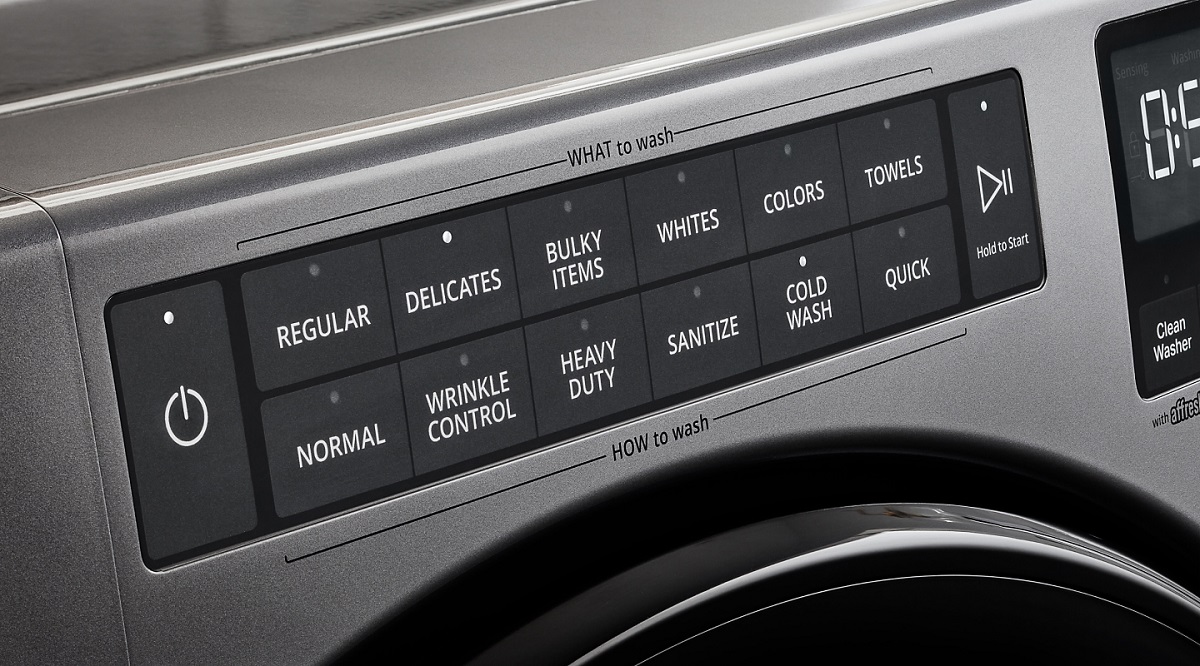

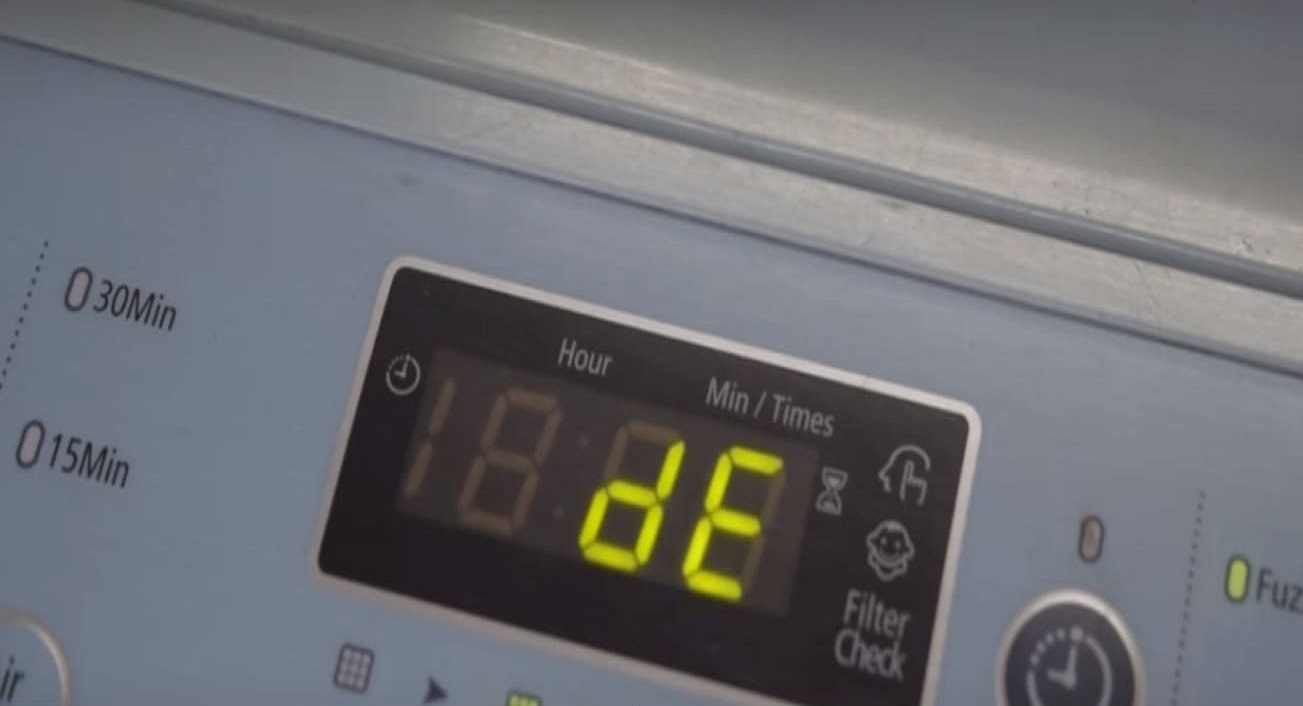
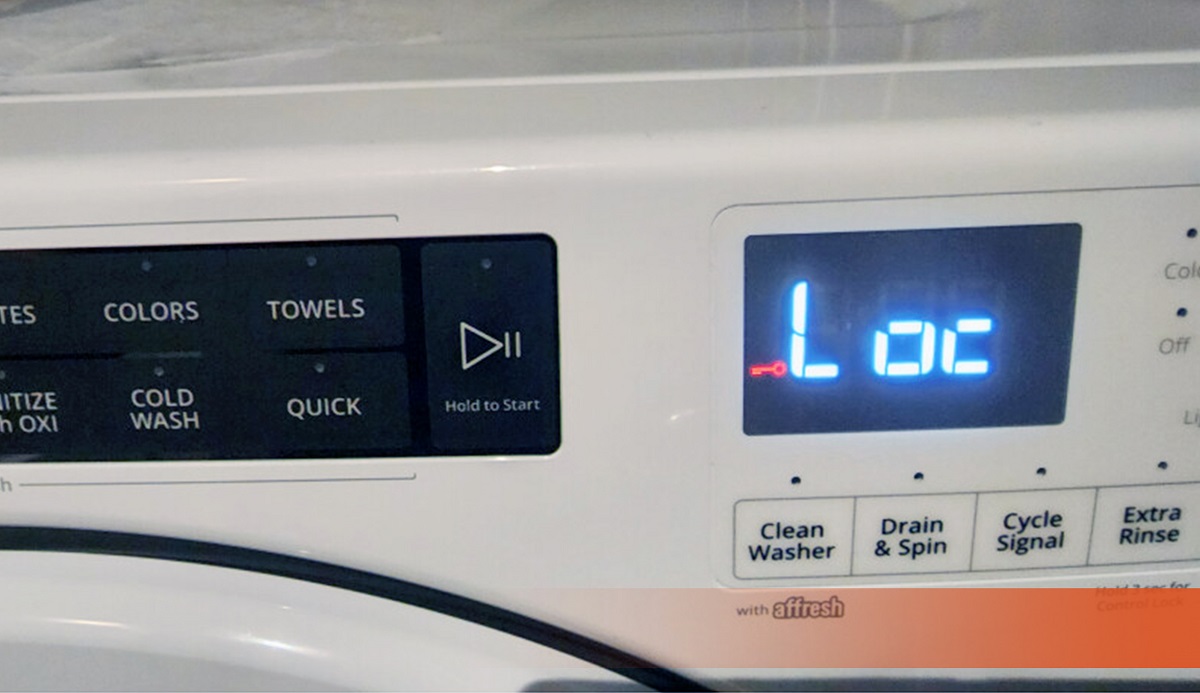


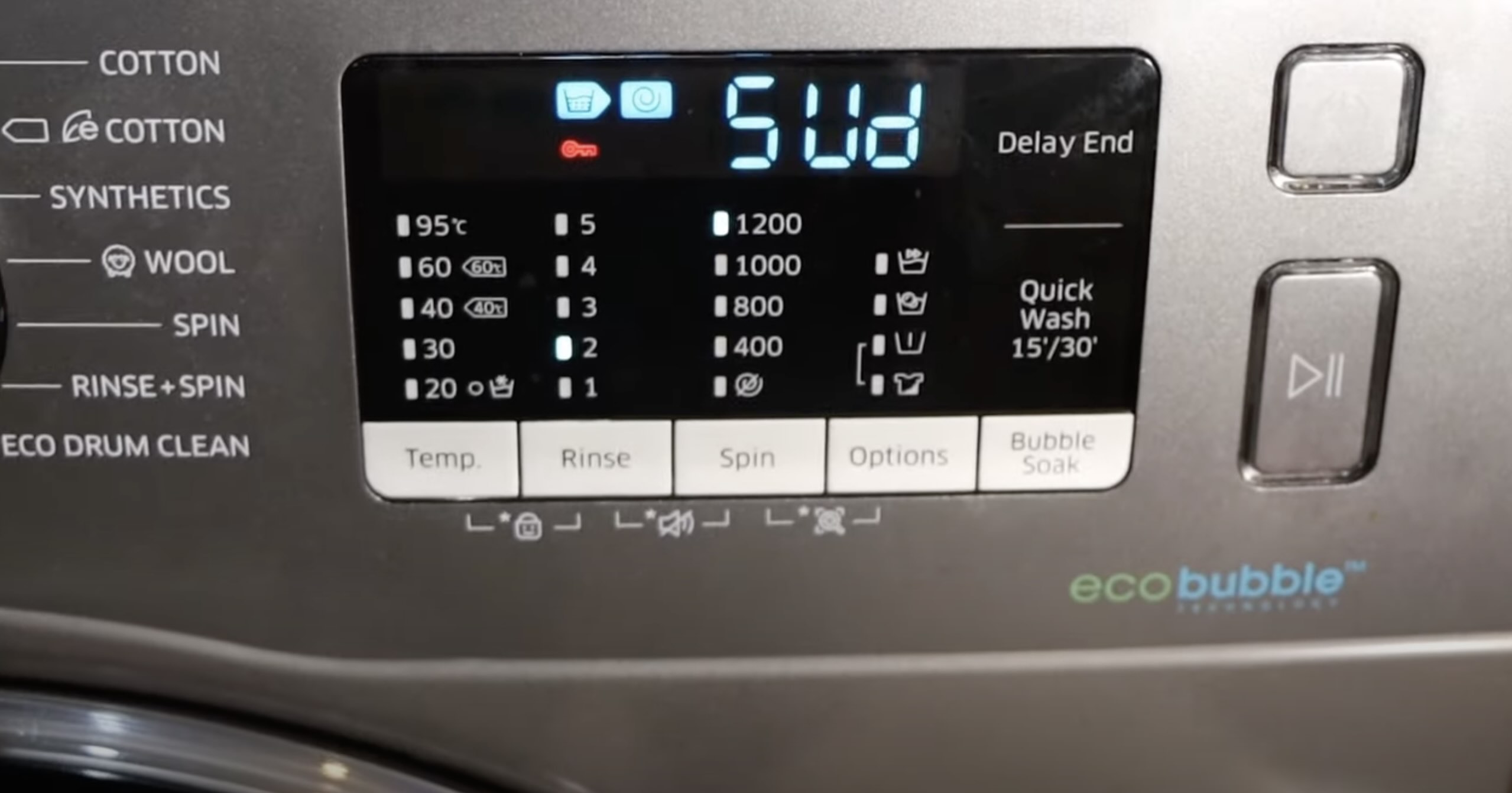
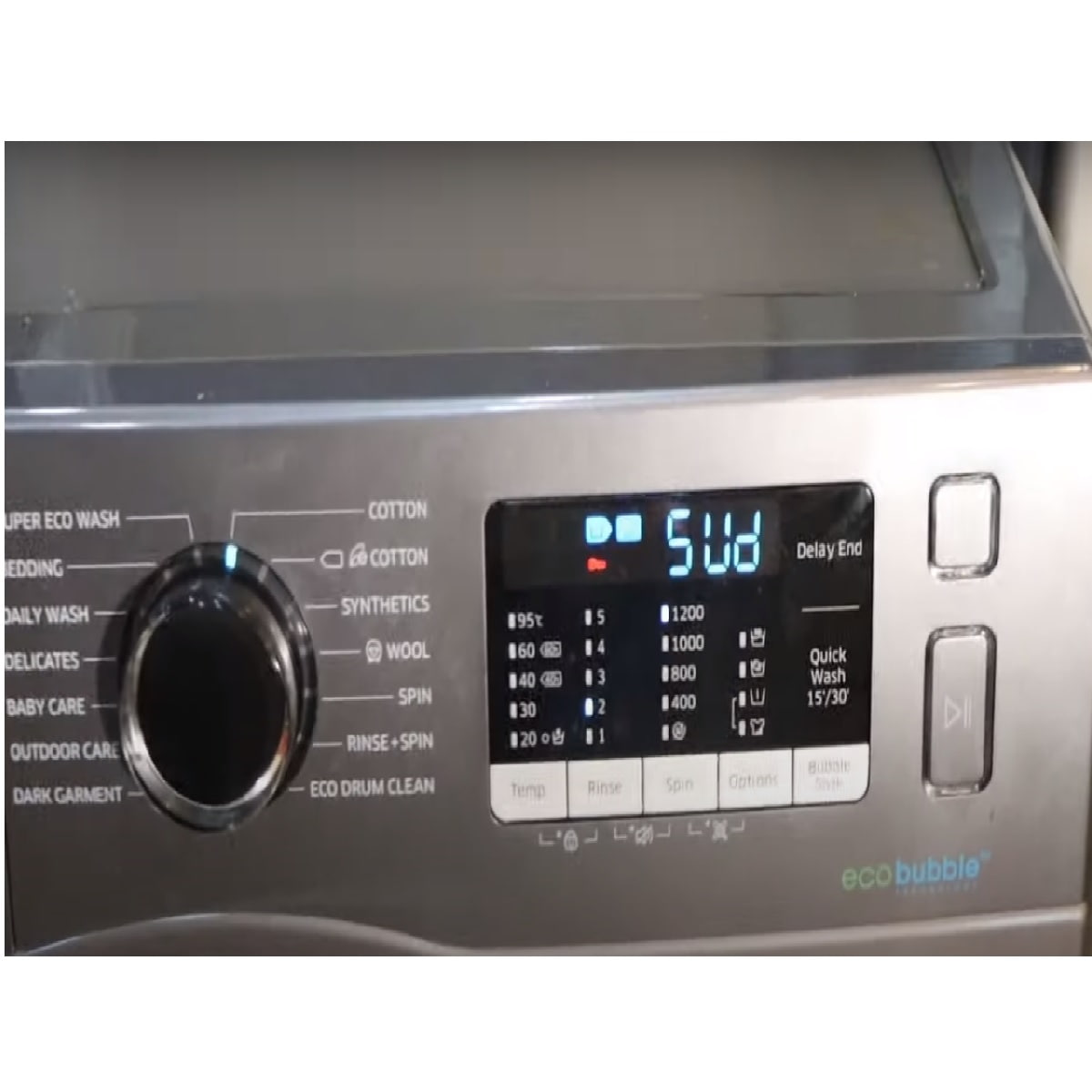
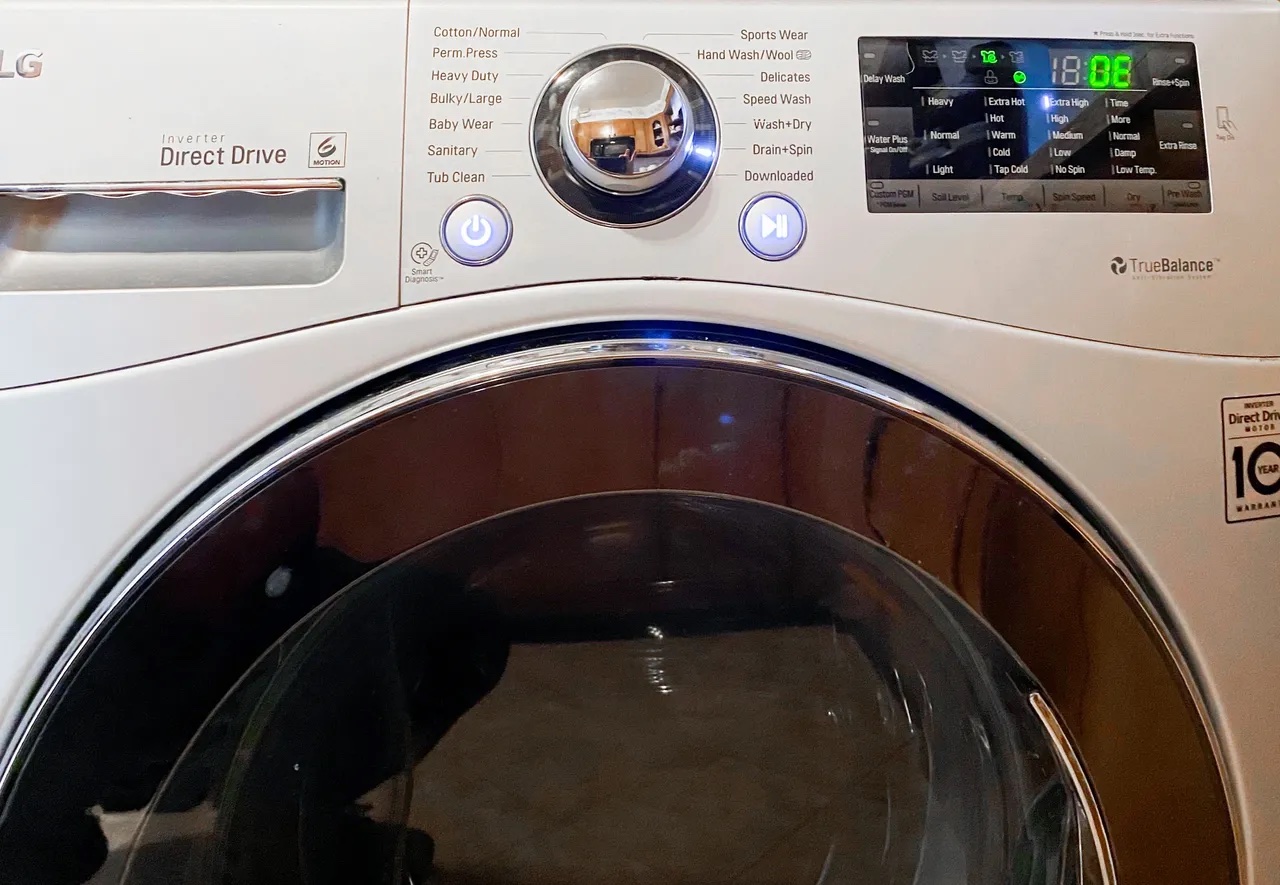
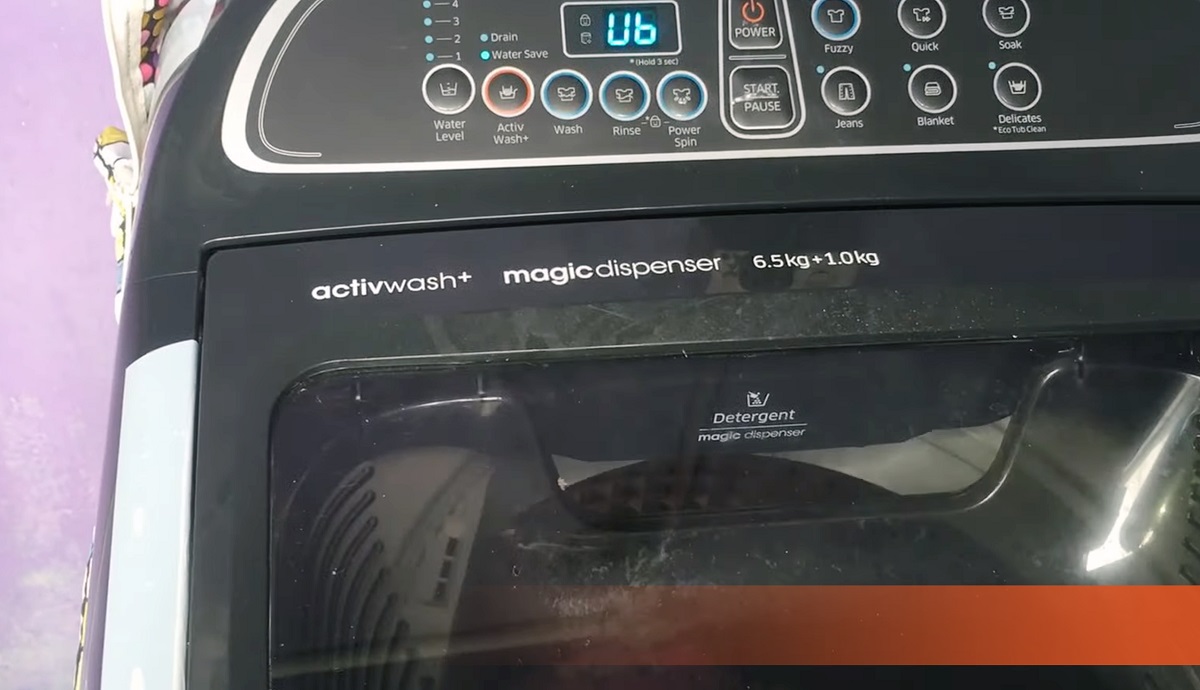


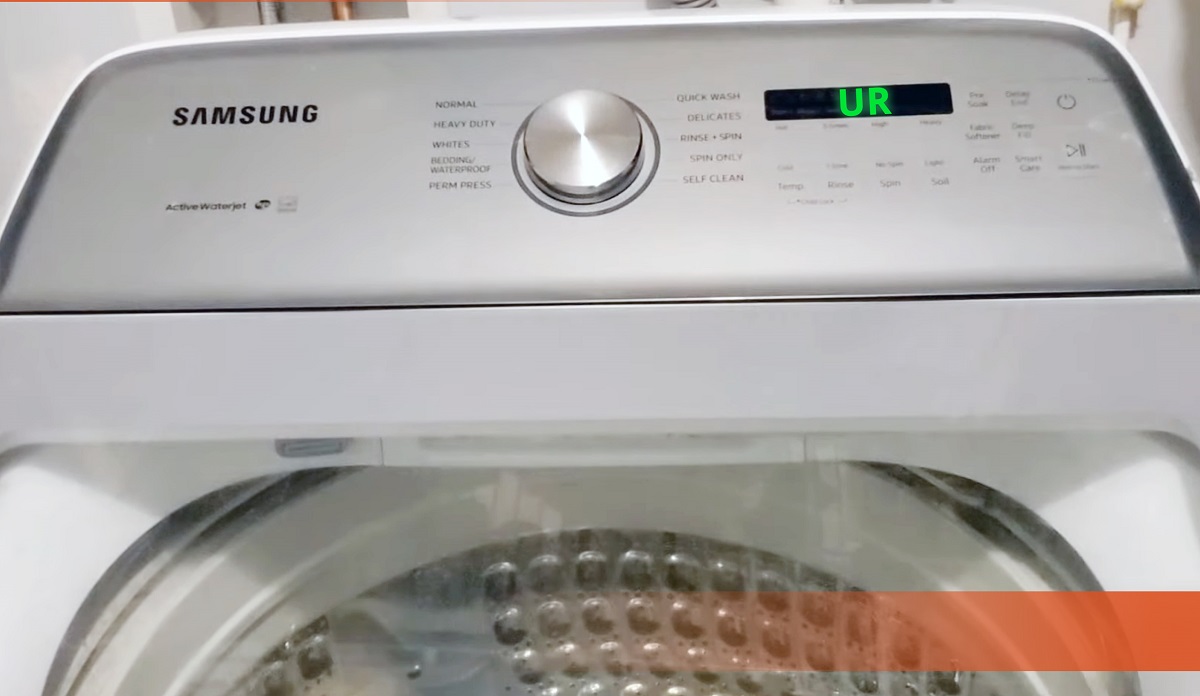
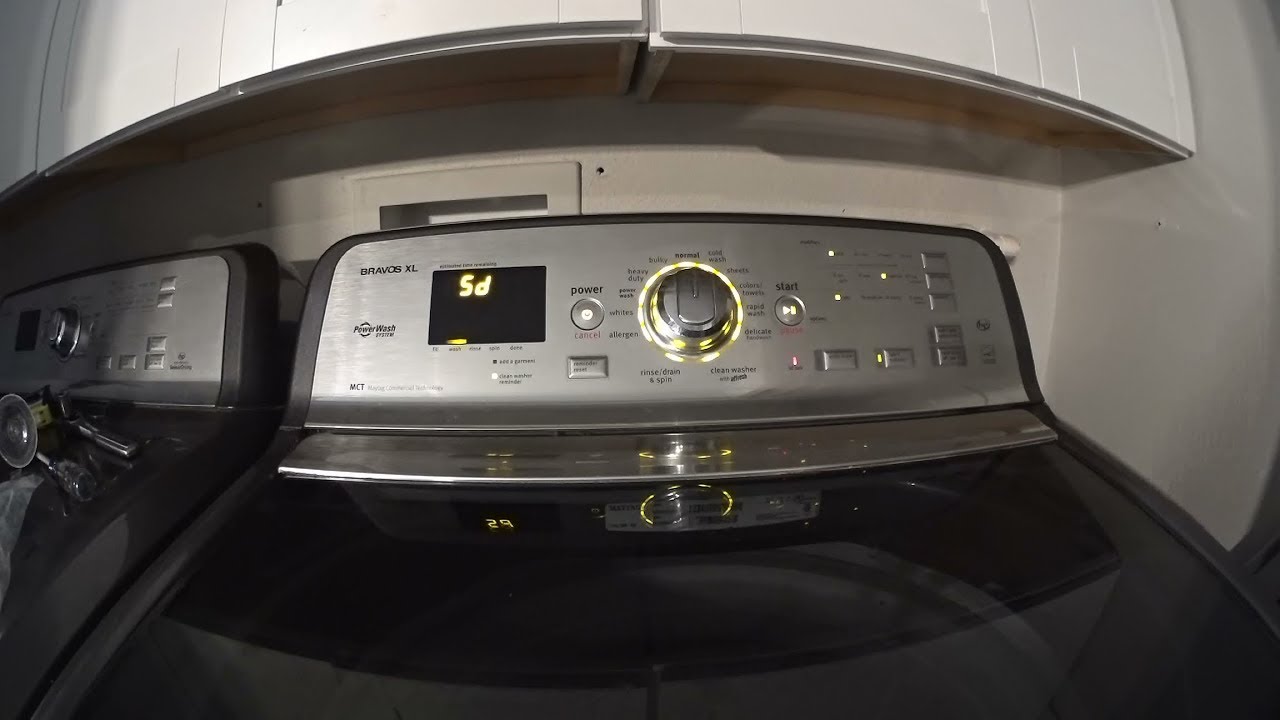
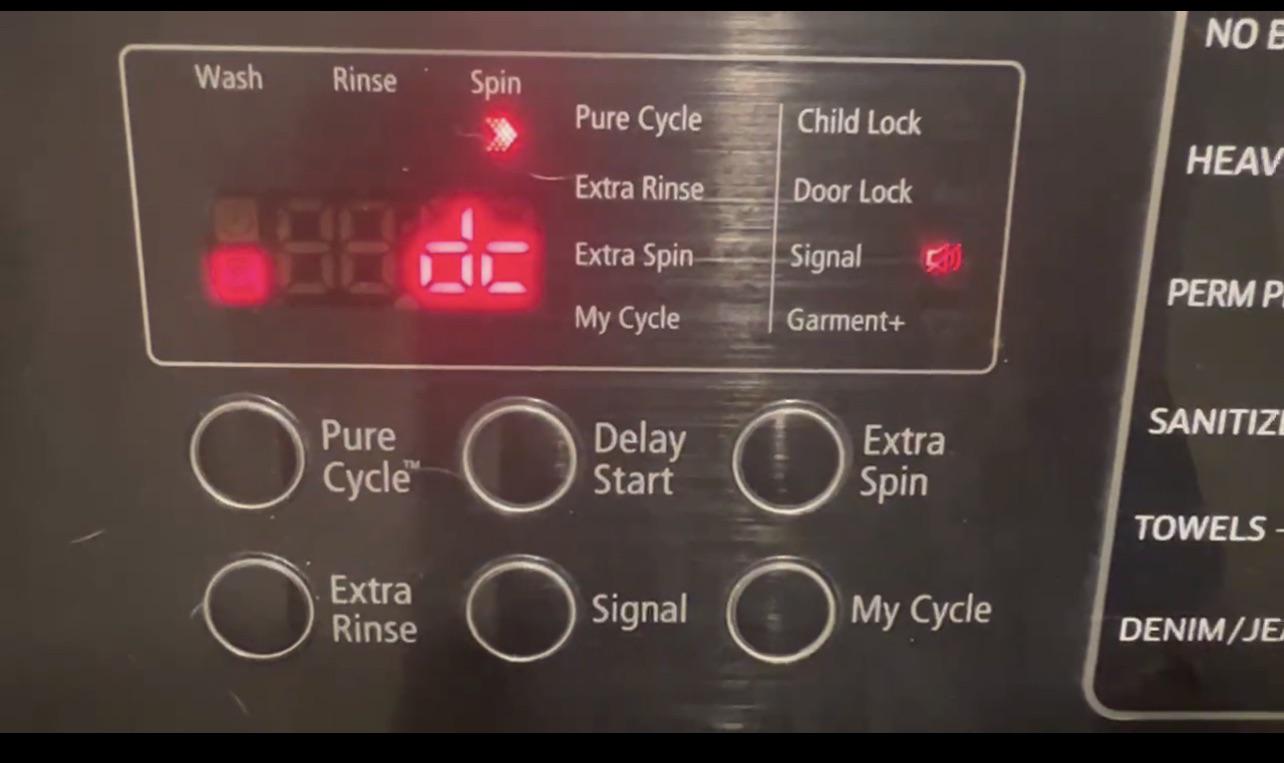

0 thoughts on “What Does Rinse Mean On A Washing Machine”